Analytics
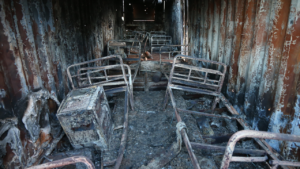
Since the beginning of Russia’s full-scale invasion of Ukraine, the World Organisation Against Torture (OMCT) and its partners — the Media Initiative for Human Rights and the ZMINA Human Rights Center — have been documenting crimes committed by Russian military personnel and other representatives of the Russian authorities against the civilian population of Ukraine in the occupied territories.
15 July 2025
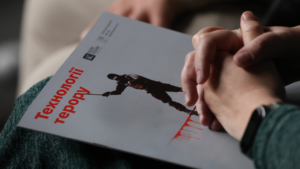
The Media Initiative for Human Rights (MIHR) has presented a new analytical report comparing the torture methods used by modern-day Russia against Ukrainian prisoners of war with Soviet-era practices. The report’s authors demonstrate not only the continuity in the use of certain torture techniques but also the political motives behind them.
29 April 2025
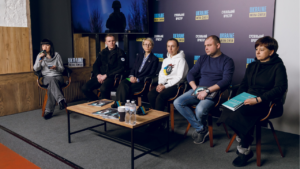
Issues in communication between the families of Ukrainian servicemen and state institutions—as well as ways to improve it—were the focus of a discussion during the presentation of a new analytical report by the Media Initiative for Human Rights. The event took place on April 7, 2025, at Media Center Ukraine and brought together family members of servicemen, human rights defenders, representatives of the Commissioner for Missing Persons under Special Circumstances, and the Central Department of Civil-Military Cooperation of the General Staff of the Armed Forces of Ukraine.
7 April 2025
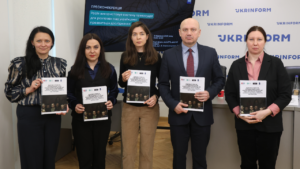
On March 31, the Ukrainian state news agency Ukrinform presented a research paper on Russia’s policy of prosecution of Ukrainian civilians and prisoners of war, which has clear signs of war crimes and crimes against humanity.
31 March 2025
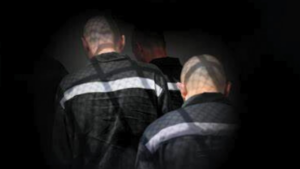
The Media Initiative for Human Rights (MIHR) has released an analysis of how Russia’s judicial system is […]
31 March 2025

Electric torture, forced memorization of the Russian anthem, and “terrorism” sentences for Ukrainian prisoners of war — these are not just war crimes, but part of Russia’s systematic persecution of Ukrainians. The MIHR has presented new analytical report.
7 March 2025
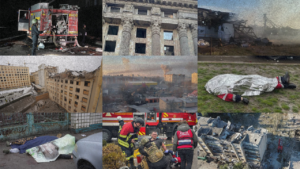
One of Russia’s tactics in its war against Ukraine is the use of double-tap strikes, which means hitting a target and then attacking it again shortly afterward. Between February 2022 and August 31, 2024, researchers from non-governmental organization Truth Hounds counted up to 36 such attacks across Ukrainian regions, including Kharkiv, Donetsk, Dnipropetrovsk, Zaporizhzhia, Kherson, Mykolaiv, Odesa, Vinnytsia, and Khmelnytskyi.
3 March 2025

Only three out of 45 petitions submitted by MIHR for online court broadcasts were granted. This is stated in the analytics report presented by MIHR today. MIHR experts emphasize that the lack of online access to hearings significantly limits opportunities for public monitoring of courts, which is critically important during wartime.
7 February 2025
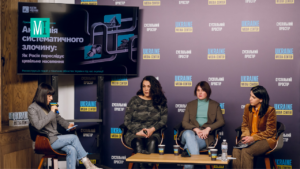
The Media Initiative for Human Rights has presented a new extensive study that reconstructs the crimes of Russians against civilians during the occupation of the northern regions of Ukraine. The study proves that the persecution of civilians is not an isolated case of cruelty by Russian soldiers but a systematic, consistent, and purposeful policy of the military and political leadership of the Russian Federation.
17 December 2024
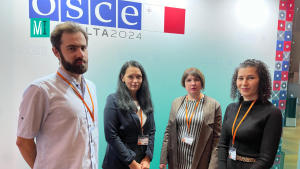
During the annual OSCE human rights conference in the Polish capital, MIHR presented a large-scale investigation into how Russia persecutes Ukrainians. This is its second part. It not only describes in detail the crimes committed by the Russian military in Kyiv, Chernihiv, and Sumy regions but also records the places where Ukrainians are held, the ways they are taken to Russia, and the names and military units involved in these crimes.
3 October 2024

